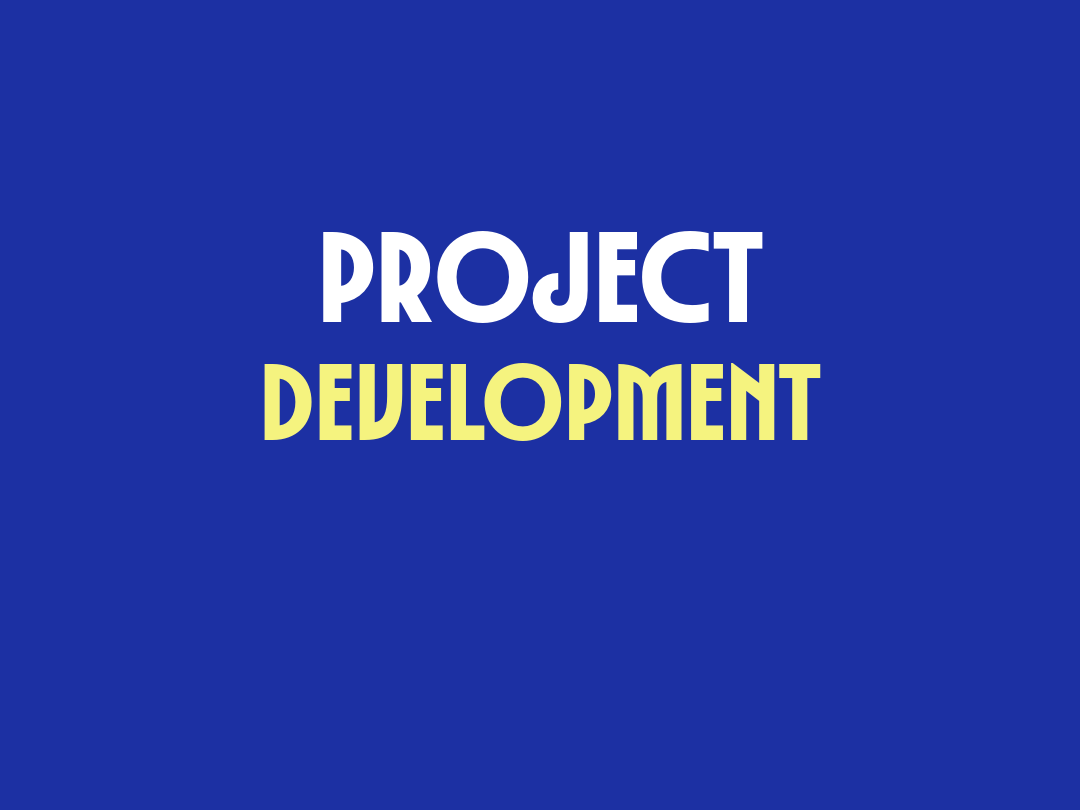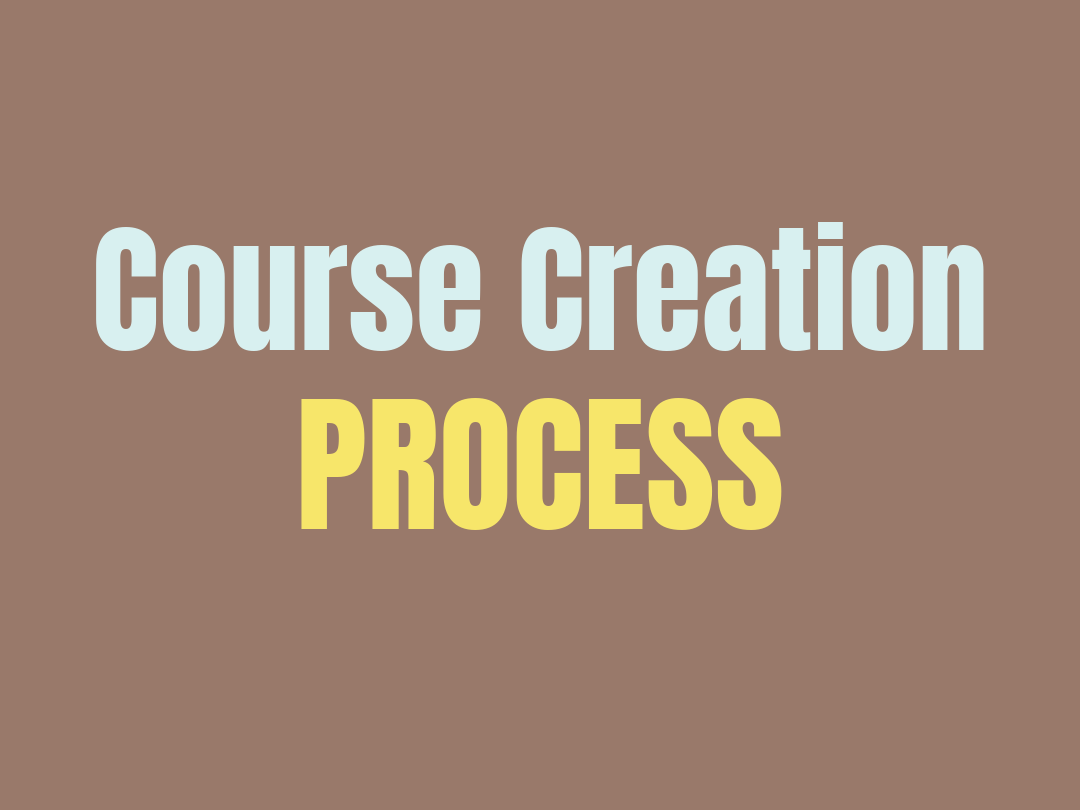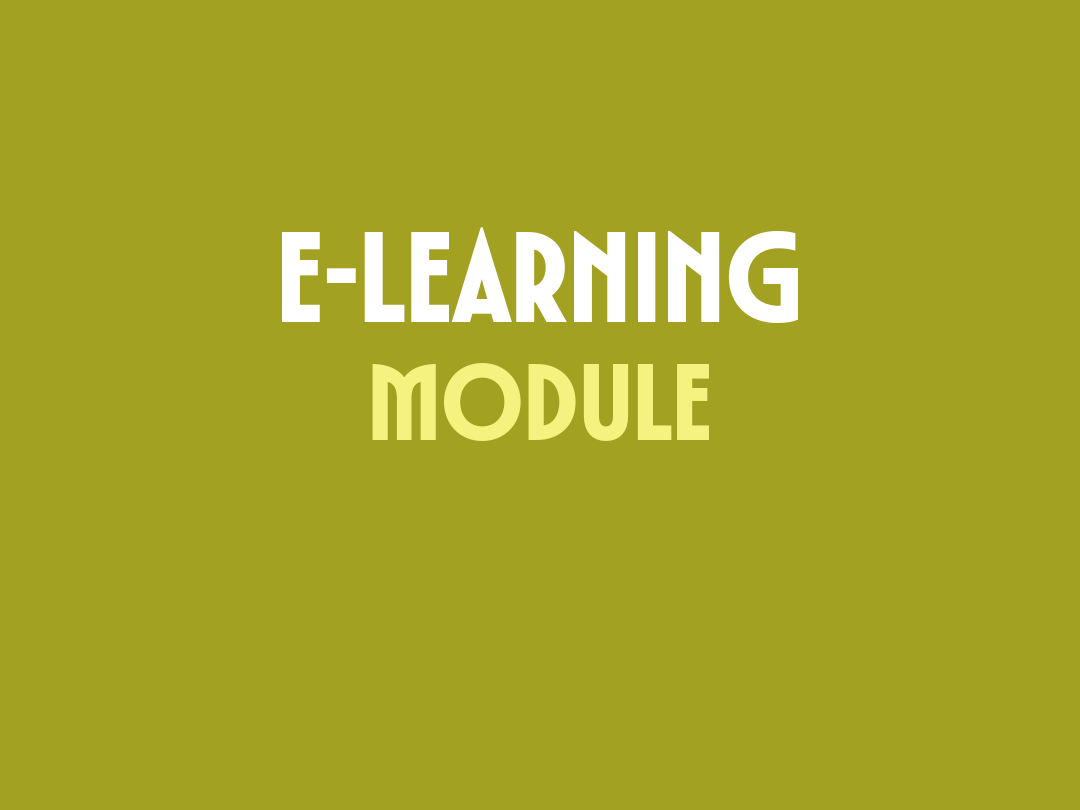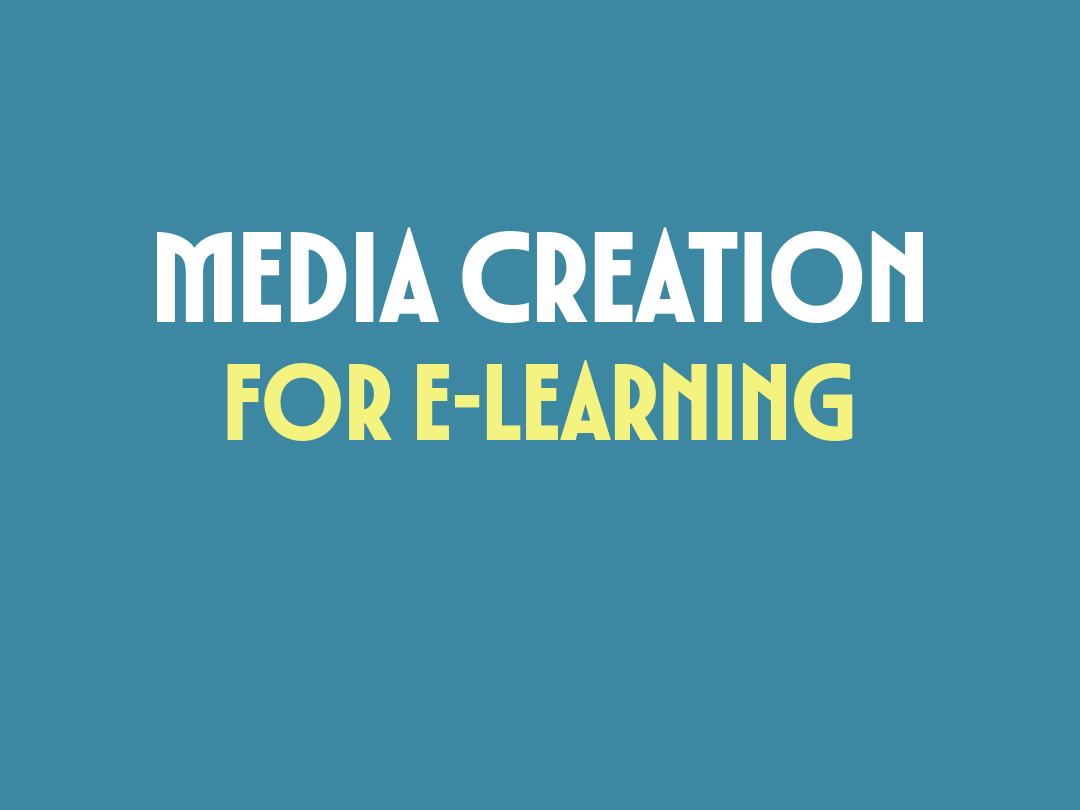A client came with an interesting challenge: to make his college syllabus more engaging. The goal was to produce an audio-only syllabus overview that would capture students’ attention and also motivate them to actually read the syllabus and consider the benefits of the course.
The idea immediately sparked my interest. It touched on one of my old passions—radio shows. As Rodero (2012) observed, “A consideration that has long been noted and appears in all literature is the fact that the radio is the most effective medium when it comes to stimulating the imagination.”
But, in a world dominated by video, how do we make an audio-only piece engaging and relevant?
Carter (2012) emphasizes the importance of applying instructional design principles that align with the medium. When content is delivered through audio, the listener must interpret and construct meaning through sounds, silences, and spoken words. Carter highlights four key design principles for effective audio instruction: selecting the right narrative format, accounting for the fleeting nature of spoken words, crafting an intentional soundscape, and understanding the distinction between hearing and listening.
With these considerations in mind, I began by organizing the narration draft and selecting audio tracks categorized by tone—poetic, informative, and personal. I treated the poetic narration as a distinct character, using creative effects such as chorus, delay, and EQ to give it a unique emotional quality.
To enhance the immersive experience, I layered environmental sounds and subtle effects to create an atmospheric audio universe that supports the storytelling.
Instructional designers working with audio must also eliminate unnecessary complexity. As Ferrington (1994b) points out, spoken words are fundamentally different from printed text—they are ephemeral and unfold in time, requiring thoughtful design to support listener comprehension.
During editing, I color-coded sections in Adobe Audition to streamline the process. At this point, all the major components—voice, music, and sound design—are in place, and I’m pleased with the overall flow and structure.
The final step is to fine-tune the details during the mixing phase. I’ll focus on balancing the intensity of foreground, middle, and background elements, and apply panning to select clips to enhance both immersion and narrative clarity.
You can listen to the finished track on SoundCloud above.
REFERENCES
Emma Rodero (2012) Stimulating the Imagination in a Radio Story: The Role of Presentation Structure and the Degree of Involvement of the Listener, Journal of Radio & Audio Media, 19:1, 45-60, DOI: 10.1080/19376529.2012.667022
Carter, C. (2012). Instructional audio guidelines: Four design principles to consider for every instructional audio design effort. TechTrends: Linking Research & Practice to Improve Learning, 56(6), 54–58. https://doi-org.oclc.fullsail.edu/10.1007/s11528-012-0615-z















